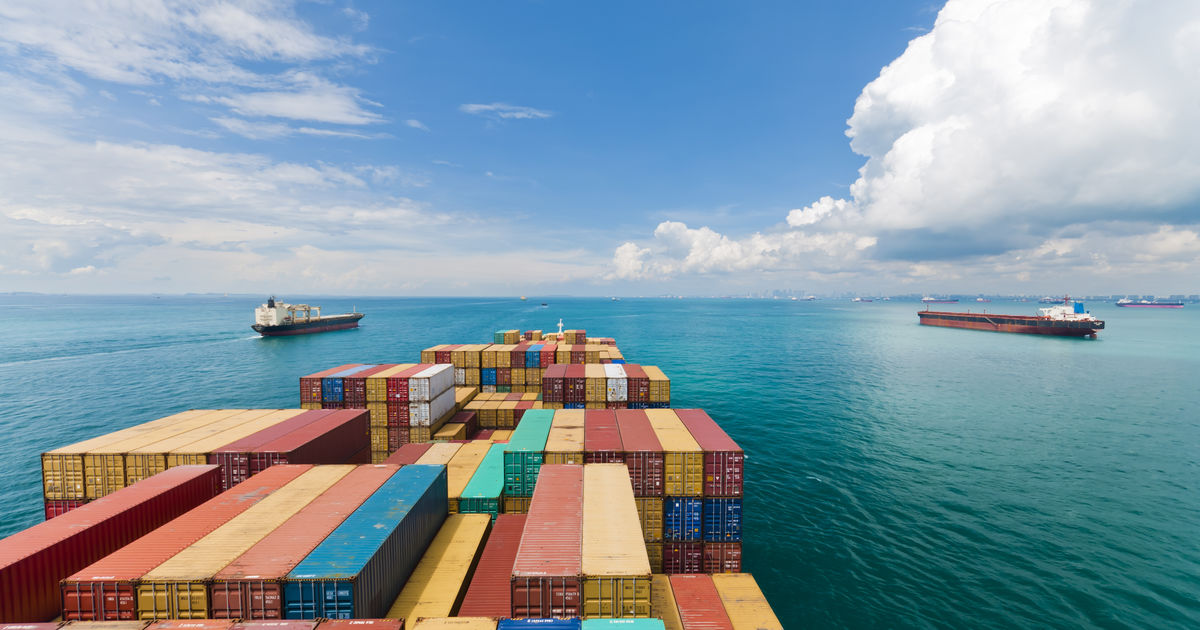Global trade is expected to recover in 2017 as the factors that drove the slowdown have gone into reverse, albeit some risks remain. Global trade growth has been deteriorating steadily since the financial crisis in 2008 and fell to a new low in 2016.
However, recent data suggest that the persistent downward trend in global trade growth may have begun to reverse towards the end of 2016 and during early 2017, QNB noted in its weekly ‘economic commentary’, Saturday, Yahoo reported.
Before the financial crisis, in 2003-07, global trade grew at more than twice the rate of global GDP, but this fell to 1.4 times global GDP in 2011-15 and to just 0.9 times in 2016. Real growth of global trade in goods and services has fallen from an average of 8.5% per year in the five years prior to the financial crisis to 4% since the financial crisis, during 2011-15. Furthermore, in 2016, it reached its lowest point since 2009 with growth of just 2.2%.
The slowdown in global trade growth is partly a function of slower global GDP growth, which has moved in a similar direction. However, a rising tide of protectionism has also dragged on growth in global trade. Since the financial crisis, almost 6,000 new trade discriminatory measures have been implemented by Group of 20 countries.
More recently, in 2016, there were two main reasons for global trade performing particularly badly compared to global GDP growth. First, investment was weak in 2016. New research has shown that investment involves a higher proportion of trade than other components of GDP, mainly consumption. Sluggish investment in 2016 has, therefore, weakened global trade more than global GDP. A contraction in private investment in the US and the ongoing shift from investment to consumption in China were significant drags on global trade in 2016.
Second, low oil prices in 2016 had a negative impact on trade. This was partly related to the first factor as low oil prices led to low investment in the energy sector. But, additionally, lower oil prices reduced incomes in oil exporters, leading to lower consumption-related imports.
The outlook for global trade in 2017 is significantly brighter as the factors that dragged on global trade in 2016 have reversed. The global economic outlook has improved as growth has picked up momentum since late 2016 leading to an increase in consensus forecasts for 2017.


